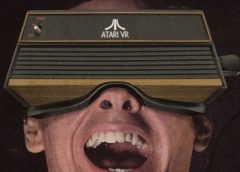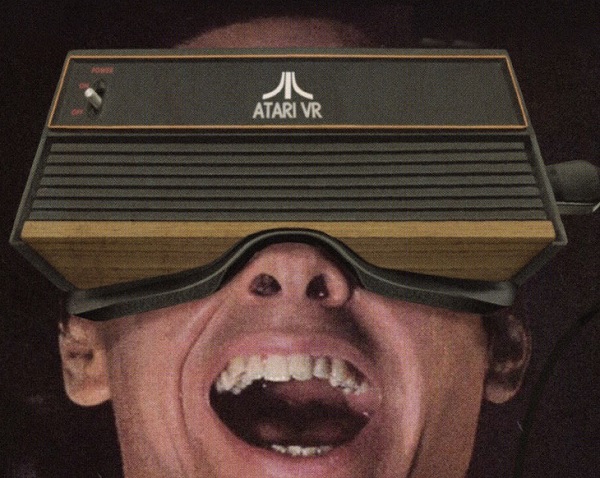
With VPL’s sudden bankruptcy and sadly no takeover withstanding, Former NASA researcher Mark Bolas moved on to Fakespace Labs and Jon Waldern partnered with Atari, Philips, and IBM to produce cheaper business and home-entertainment models of its arcade headsets. Jon Waldern said “Our challenge at the time was, how do we now take this from an industrial $60,000–$70,000 machine that sold to arcade operators and Universal Studios and entertainment providers to consumers? We did a joint venture with Atari and showed the consumer version at CES 95.” Unfortunately for him, the timing was not good and despite the Atari brand name being Synonymous with video games the company went bust.
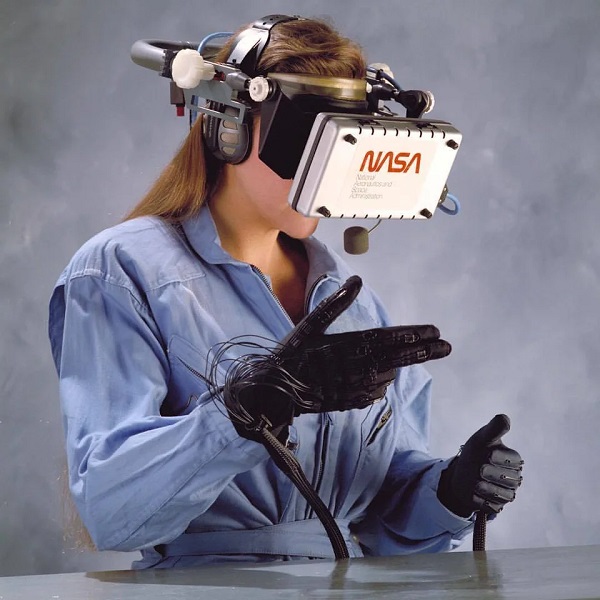
Meanwhile over at NASA their ‘Visual Environment Display workstation’ cited the goal of putting viewers inside an image; this meant figuratively putting users inside a computer by literally putting them inside an assemblage of input and output devices. By 1995, Mark Weiser at Xerox PARC had begun to articulate a research program that instead sought to introduce computers into the human world. In an article titled “The Computer for the 21st Century,” published in Scientific American (1991), Weiser introduced the concept of ubiquitous computing. Arguing that “the most profound technologies are those that disappear” by weaving “themselves into the fabric of everyday life until they are indistinguishable from it,” he proposed that future computing devices would outnumber people—embedded in real environments, worn on bodies, and communicating with each other through personal virtual agents. These computers would be so natural that human users would not need to think about them, thus inaugurating an era of “calm technology.” If Weiser’s ubiquitous computing is thought of as complementary rather than opposed to VR, one can see traces of his ideas in a variety of post-VR systems.
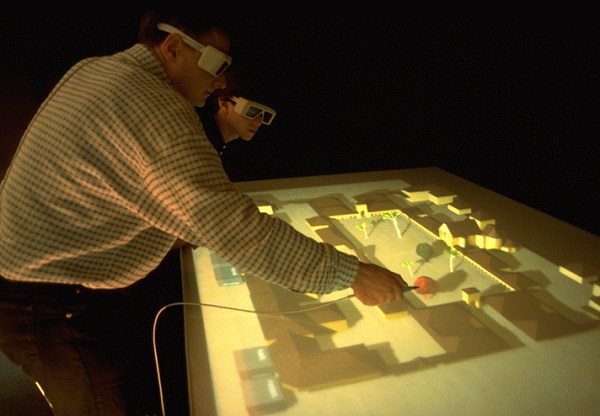
Other examples of more natural virtual spaces included the Virtual Reality Responsive Workbench, developed in the mid-1990s by the U.S. Naval Research Laboratory and collaborating institutions. This system projected stereoscopic 3-D images onto a horizontal tabletop display viewed through shutter glasses. With data gloves and a stylus, researchers could interact with the displayed image, which might represent data or a human body for scientific or medical applications. The shift to projected VR environments in artistic and scientific work put aside the bulky VR helmets of the 1980s in favour of lightweight eyeglasses, wearable sensors, and greater freedom of movement.
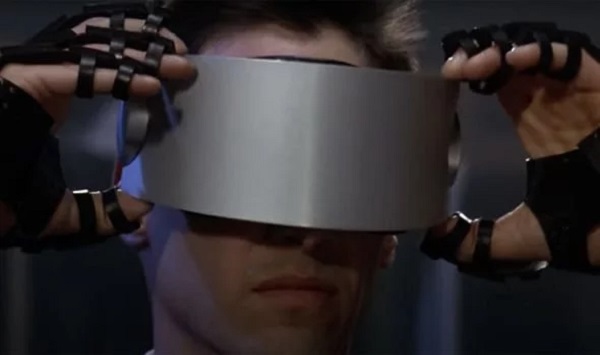
Also in VR related news the movie Johnny Mnemonic was released. Canadian science fiction writer William Gibson wrote the script of the 1995 cyberpunk flick Johnny Mnemonic that was, for lack of a better word, a bust. The movie failed to impress the critics and the audiences and didn’t do too well at the box office either. Still, its depiction of cyberspace turned it into an unforgettable piece of cinematic… erm, art… that is referenced in pop culture to this day.
One of the most famous scenes from the movie is the one where Johnny, a data broker with his brain drive filled with stolen information, accesses the internet using a VR headset. While it’s not exactly the Metaverse it was the next best thing that certainly made some viewers dream of navigating the internet through a similar interface.
And what else happened in 1995? The internet. Suddenly everyone was connected and virtual reality was this ugly little brother lagging behind. It was the butt of jokes by the end of 1995 but that still didn’t stop many more headsets from being released and many more companies joining the VR family.
